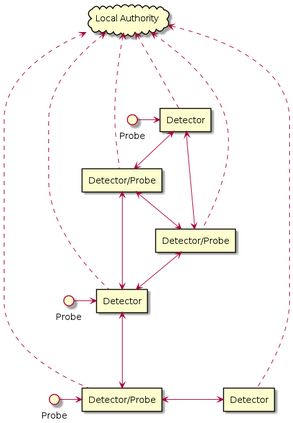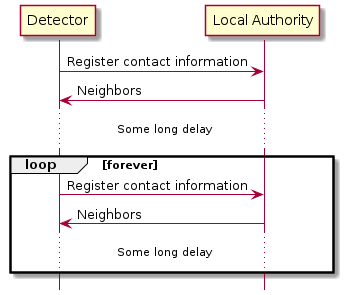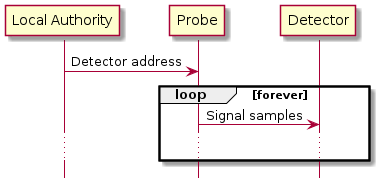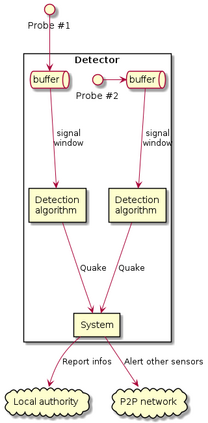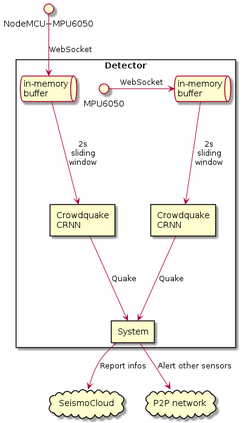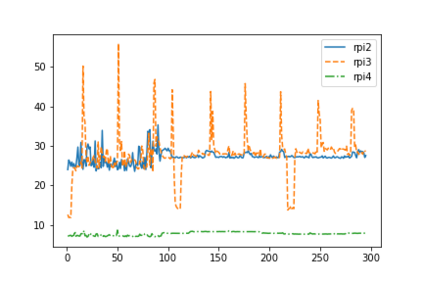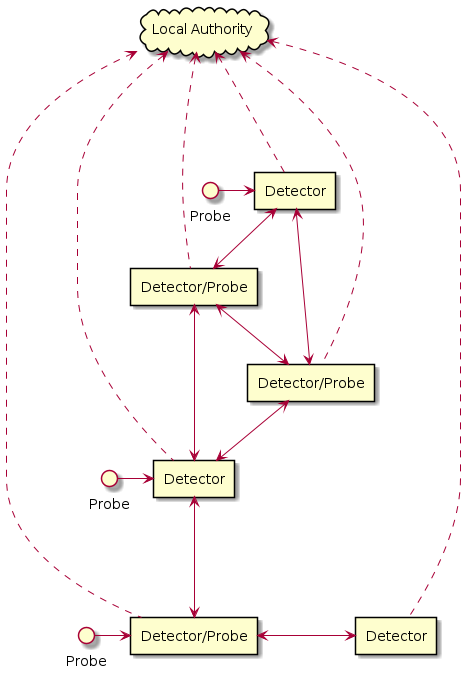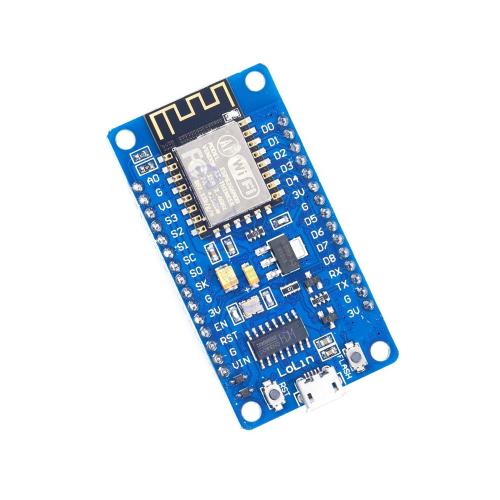Earthquake Early Warning state of the art systems rely on a network of sensors connected to a fusion center in a client-server paradigm. Instead, we propose moving computation to the edge, with detector nodes that probe the environment and process information from nearby probes to detect earthquakes locally. Our approach tolerates multiple node faults and partial network disruption and keeps all data locally, enhancing privacy. This paper describes our proposal's rationale and explains its architecture. We then present an implementation using Raspberry, NodeMCU, and the Crowdquake machine learning model.
翻译:地震预警系统的早期警报状态依赖于一个与客户服务器-服务器模式中的聚变中心相连接的传感器网络。 相反, 我们建议将计算方法移到边缘, 由探测器节点来探测环境, 并处理附近探测器的信息, 以便在当地探测地震。 我们的方法是容忍多个节点断和部分网络中断, 并保存所有数据, 增强隐私。 本文描述了我们提案的理由, 并解释了其结构。 我们然后用 Raspberry、 NodeMCU 和 Crowdquake 机器学习模型来演示执行 。

